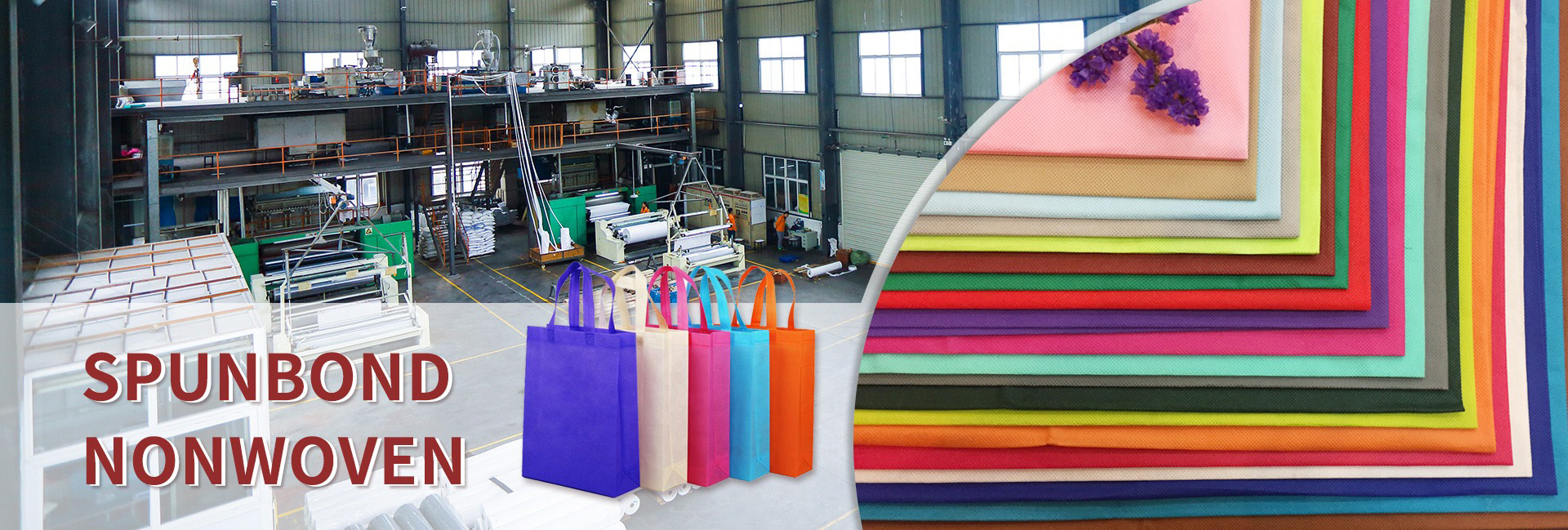What is hydrophilic non-woven fabric?
What is hydrophilic non-woven fabric? Hydrophilic non-woven fabric is the opposite of water repellent non-woven fabric. Hydrophilic non-woven fabric is produced by adding a hydrophilic agent to the production process of non-woven fabric, or by adding a hydrophilic agent to the fiber during the fiber production process, and the resulting non-woven fabric is said to be hydrophilic non-woven fabric.
Why add a hydrophilic agent? This is because fibers or non-woven fabrics are high molecular polymers with few or no hydrophilic groups, which cannot achieve the required hydrophilic properties in non-woven fabric applications. Therefore, hydrophilic agents are added to increase their hydrophilic groups.
So someone would ask what a hydrophilic agent is? Can cause a rapid decrease in surface tension. Most of them are long chain organic compounds, with both hydrophilic and oleophilic groups present in the molecules.
1. Types of surfactants: ionic (anionic, cationic, and amphoteric) surfactants and non ionic surfactants.
2. Non ionic surfactants: polysorbate (Tween) -20, -40, 60, 80, dehydrated sorbitol monolaurate (Span) -20, 40, 60, 80, polyoxyethylene lauryl ether (Myrj) -45, 52, 30, 35, emulsifier OP (non alkylphenol polyoxyethylene ether condensate), lactam A (polyoxyethylene fatty alcohol ether), sismago-1000 (polyoxyethylene and cetyl alcohol adduct), prolonil (polyoxyethylene propylene glycol condensate) Monooleic acid glycerol ester and monostearic acid glycerol ester, etc.
3. Anionic surfactants: soft soap (potassium soap), hard soap (sodium soap), aluminum monostearate, calcium stearate, triethanolamine oleate, sodium lauryl sulfate, sodium cetyl sulfate, sulfated castor oil, sodium dioctyl succinate sulfonate, etc.
4. Cationic surfactants: Jieermie, Xinjiermie, Benzalkonium Chloride, Benzenalol Chloride, Cetyltrimethyl Bromide, etc; Almost all of them are disinfectants and disinfectants.
5. Amphoteric surfactants: less; They are also disinfectants and preservatives.
This hydrophilic non-woven fabric is made of ordinary polypropylene spunbonded non-woven fabric after hydrophilic treatment, and has good hydrophilicity and permeability.Hydrophilic non-woven fabrics have a certain hydrophilicity (water absorption) effect, so they have been widely used. Currently, it is one of the most widely used categories of non-woven fabrics.
1. Infants and young children who do not get wet during urination
The upper and lower surfaces of the baby diaper absorbent layer are made of hydrophilic non-woven fabric, which not only makes the diaper surface soft like a cloth, but also has good water absorption effect.
2. Adult diapers
The function of hydrophilic non-woven fabrics in adult diapers is basically the same as that of infant diapers. In comparison, the production requirements of hydrophilic non-woven fabrics in adult diapers are lower than those in infant diapers.
3. Mask
A better quality mask will have a hydrophilic non-woven layer built into the inner layer to absorb the water vapor exhaled from the mouth. The more intuitive effect is that in winter, we often see some friends wearing glasses form a layer of white water vapor on their glasses when wearing masks, which greatly affects their vision. This is because the mask is not equipped with hydrophilic non-woven fabric.
4. Pet urine pad
The urine pad commonly used to prevent pets from defecating and urinating on the spot is also made of hydrophilic non-woven fabric. This hydrophilic non-woven fabric is relatively simple to make and has low standards, mainly highlighting its hydrophilic function.
The above is a detailed summary of the main uses of hydrophilic non-woven fabrics compiled by the editor, hoping to be helpful for everyone’s understanding.
Post time: Nov-21-2023

